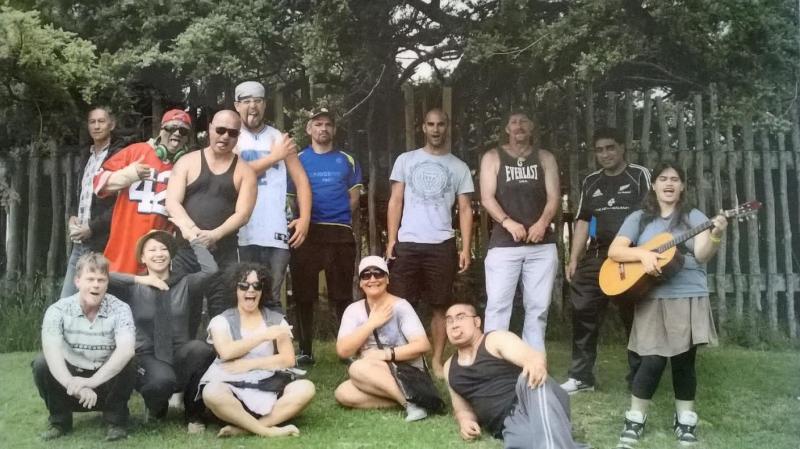Indigenous brands, Maori business, Kaupapa Growth and innovation, collaborative pilot projects, culture connection and exchange, design enabled economic, culturally enriched.

Kahikatea Tu Te Uru - A co-design approach to connections
On any given night within a 3km radius of the sky tower, there are approximately 150 people sleeping rough. Of those, approximately 60% are of Māori descent. People who experience homelessness are amongst the most marginalised of our society and Māori who experience homelessness, can face an even greater sense of marginalisation due to a cultural disconnection from whānau, hapū and iwi. However, those who sleep rough, or experience homelessness can also hold truly unique connections and perspectives to the Auckland landscape. Connections and perspectives that can only come from sleeping outdoors and surviving day to day in the various urban environments – in the elements. Often these lived experiences are more similar to those of our pre-European tūpuna than to society’s current norm of domestic living. This kaupapa values those who have experienced homelessness as experts and encourages collaboration with a diverse range of cross-sectorial experts to discuss, dream and create better futures through a kaupapa Māori lens. It is an experiential/place-based programme, or hīkoi, that engages a tira (group) in kinetic or tactile learning while a layer of storytelling helps to grow the collective knowledge of Tāmaki Makaurau (Auckland). It is deeply rooted in tikanga Maori which acknowledges the past so that we may step forward into the future with purpose. Importantly, this kaupapa promotes learning that is rooted in what is local — the unique history, environment, culture, economy, resources and art of the immediate environment. Unique to this kaupapa is the the process of co-design.